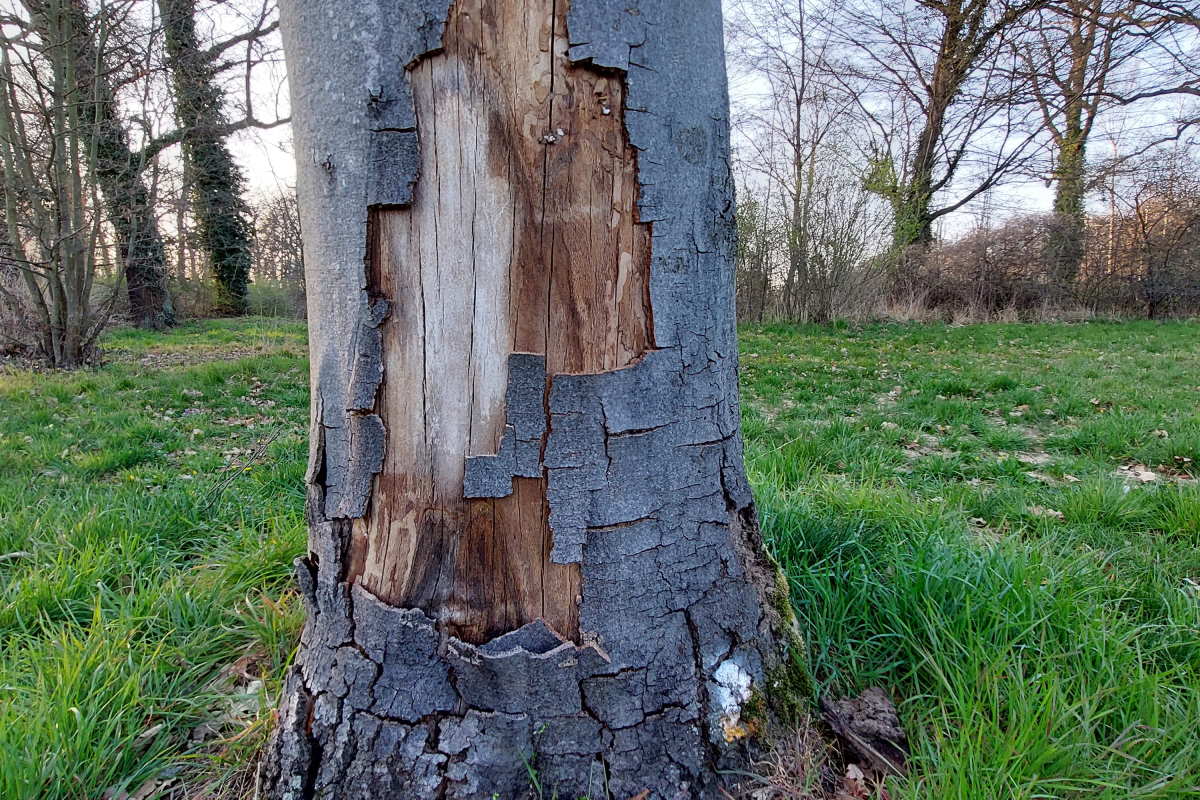Updates
Truly Inspiring Workshop in Potsdam
The consequences of climate change for the World Heritage Site "Palaces and Parks of Potsdam and Berlin" are already dramatic and will increase in the future. Thanks to the Stiftung Preussische Schlösser und Gärten for a truly inspiring workshop. ... Learn more ...
The Prussian Palaces and Gardens Foundation Berlin-Brandenburg
The Prussian Palaces and Gardens Foundation Berlin-Brandenburg invites visitors to the glorious gardens and palaces dating back to the era of the electors, kings and emperors in the former residential cities of Berlin and Potsdam.
In addition to their main residence in Berlin, the members of the Hohenzollern dynasty had various palaces and gardens built in the surrounding area and along the river Havel in Potsdam from the 17th century onwards. In the 19th century, the garden designer Peter Joseph Lenné combined several of these palace and garden ensembles into a park landscape.
As testimony to the perfection of the arts of architecture and garden design, they present themselves today in a stunning splendour that inspires millions of German and international visitors every year.
In 1990, UNESCO included this total work of art, which extends from Sanssouci via the New Garden, Babelsberg and Sacrow to Peacock Island and Glienicke in Berlin, in the list of the Natural and Cultural Heritage of Humanity. This raised the Potsdam-Berlin park landscape to the status of a cultural heritage of international standing.
Today the Prussian palace and garden landscape features more than 300 buildings on nearly 800 hectares. In Potsdam alone there are three large parks: Sanssouci Park, the New Garden and Babelsberg Park. There are also other historic parks and palaces in Berlin and the state of Brandenburg.
The palaces are also important historical sites. For example, the "Potsdam Conference" where the Allies discussed the future fate of Germany in the summer of 1945 was held in the Cecilienhof Palace.
The Prussian Palaces and Gardens Foundation Berlin-Brandenburg (Stiftung Preußische Schlösser und Gärten Berlin-Brandenburg - SPSG) is responsible for maintaining these works of art and making them accessible to the public in a variety of ways.
You can find more information on the UNESCO website.
Climate change in the Potsdam-Berlin parks landscape
Climate change is placing a massive burden on the Potsdam-Berlin parks landscape where the ageing tree population is acutely threatened by drought and heat and is slowly dying.
There are around 80,000 trees in the SPSG parks, many of them more than 100 years old. These old trees, up to 30 metres high, are under particular threat from climate change.
Their roots lie at a depth of between 1.50 m and 1.80 m. These layers of earth are just above the groundwater and have dried out completely due to the lack of rain in the last four years. As the old trees can no longer supply the branches of their own treetops with water, the tree slowly dies from top to bottom.
Furthermore, the weakened trees are less resistant to pests and violent storms. In the spring of 2022 alone, 122 trees in the SPSG parks completely collapsed during heavy storms, and in 38 instances the crown of the tree broke off.
The SPSG is actively combating the consequences of climate change with numerous projects and measures. The garden teams remove the dying branches in the treetops several times a year. In many cases, trees have been severely pruned back in the hope that they will revitalise. Using seedlings they have grown themselves, the gardeners are filling in larger gaps in the park, caused by wind breakage among other things.
The garden teams are also experimenting with modern methods of irrigation in the parks. For example, drip irrigation, watering rings or optimised watering intervals are intended to reduce water consumption. The use of substrates may also lead to an improved supply of nutrients and water to the woody plants.
To what extent these measures help to reduce the damage caused by climate change in the parks is being researched by the SPSG together with the Fraunhofer-Gesellschaft and the Helmholtz Centre in the KERES project, which is funded by the BMBF.
In the Young Climate Action for World Heritage project, German and Polish pupils are invited to get to know the New Garden and Park Babelsberg Potsdam in times of dramatic climate change. They will deal with the threat to this "green" World Heritage site, but also gain insights into coping strategies and approaches to solutions. They are encouraged to give creative expression to their individual points of view, to communicate them and to take a public stance.


